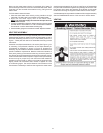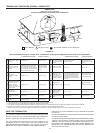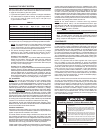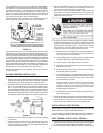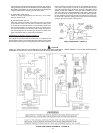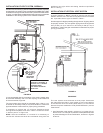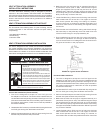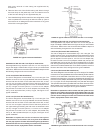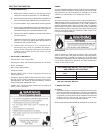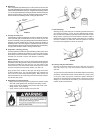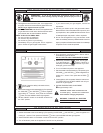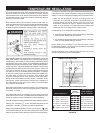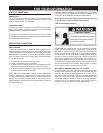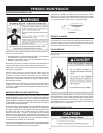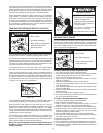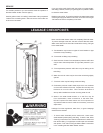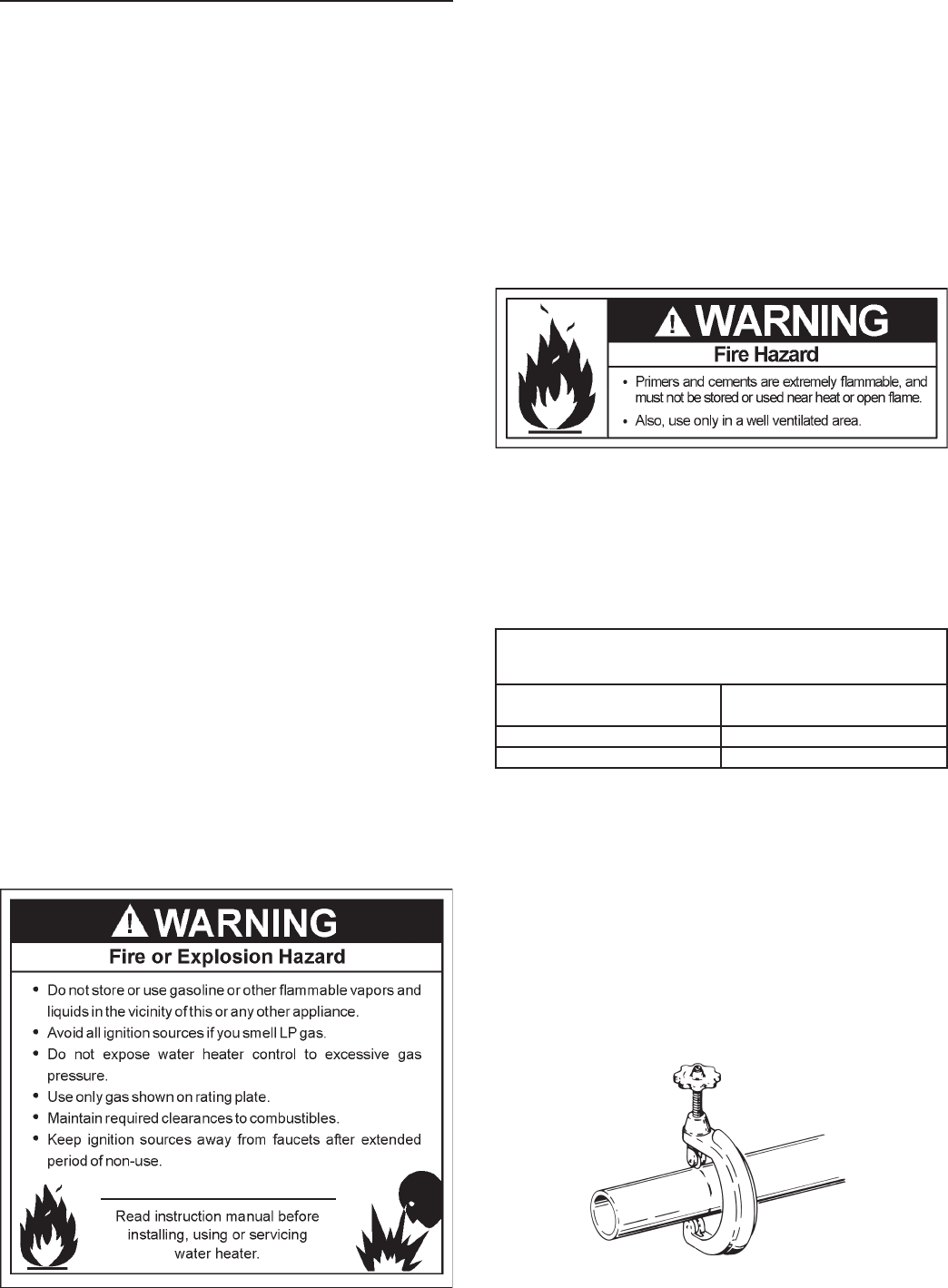
27
VENT PIPE PREPARATION
1. INITIAL PREPARATION
A. Make sure the solvent cement you are planning to use is
designedforthespecicapplicationyouareattempting.
B. Know the physical and chemical characteristics and limitations of
the PVC and CPVC piping materials that you are about to use.
C. Know the reputation of your manufacturer and their products.
D. Knowyourownqualicationsorthoseofyourcontractor.The
solvent welding technique of joining PVC and CPVC pipe is a
specializedskilljustasanyotherpipettingtechnique.
E. Closelysupervisetheinstallationandinspectthenished
job before start-up.
F. Contact the manufacturer, supplier, or competent consulting
agency if you have any questions about the application or
installation of PVC and CPVC pipe.
G. Take the time and effort to do a professional job.
Shortcuts will only cause you problems and delays in
start-up. By far, the majority of failures in PVC and CPVC
systems are the result of shortcuts and/or improper
joining techniques.
2. SELECTION OF MATERIALS
• CuttingDevice-SaworPipeCutter
• DeburringTool,Knife,File,orBevelingMachine(2”andabove)
• Brush-PureBristle
• Rag-Cotton(NotSynthetic)
• PrimerandCleaner
• SolventCement-PVCforPVCComponentsandCPVCfor
CPVC Components
• Containers-MetalorGlasstoholdPrimerandCement.Select
the type of PVC or CPVC materials to be used on the basis of
their application with respect to chemical resistance, pressure
rating, temperature characteristics, etc.
• InsertionTool-Helpfulforlargerdiameterpipeandttings6
inches(15.2cm)andabove.
PRIMER
ItisrecommendedthatTetrahydrofuran(THF)beusedtopreparethe
surfacesofpipeandttingsforsolventwelding.Donotusewater,
rags, gasoline or any other substitutes for cleaning PVC or CPVC
surfaces. A chemical cleaner such as MEK may be used.
CEMENT
The cement should be a bodied cement of approximately 500 to
1600centipoiseviscositycontaining10-20%(byweight)virginPVC
materialsolvatedwithtetrahydrofuran(THF).Smallquantitiesof
dimethylformamide(DMF)maybeincludedtoactasaretarding
agent to extend curing time. Select the proper cement; Schedule 40
cement should be used for Schedule 40 pipe. Never use all-purpose
cements, commercial glues and adhesives or ABS cement to join
PVCorCPVCpipeandttings.
APPLICATORS
Select a suitable pure bristle type paint brush. Use a proper width
brushorrollertoapplytheprimerandcement(seechartbelow).
Speedy application of cement is important due to its fast drying
characteristics. IMPORTANT NOTE: A dauber type applicator should
onlybeusedonpipesizes2”andbelow.Forlargerdiameterpipe,
a brush or roller must be used.
RECOMMENDED BRUSH* SIZE FOR PRIMER
AND CEMENT APPLICATIONS
Nominal Pipe Size Brush Width
(IPS)
2 1.5” (3.8 cm)
3 1.5” - 2.5” (3.8 cm - 6.4 cm)
*USE ONLY NATURAL BRISTLE
3. MAKING THE JOINT
A. Cutting
Pipe must be squarely cut to allow for the proper interfacing of the
pipeendandthettingsocketbottom.Thiscanbeaccomplished
with a miter box saw or wheel type cutter. Wheel type cutters are
not generally recommended for larger diameters since they tend
toarethecornerofthepipeend.Ifthistypeofcutterisused,
theareontheendmustbecompletelyremoved.
NOTE:Powersawsshouldbespecicallydesignedtocutplasticpipe.
STEP A



